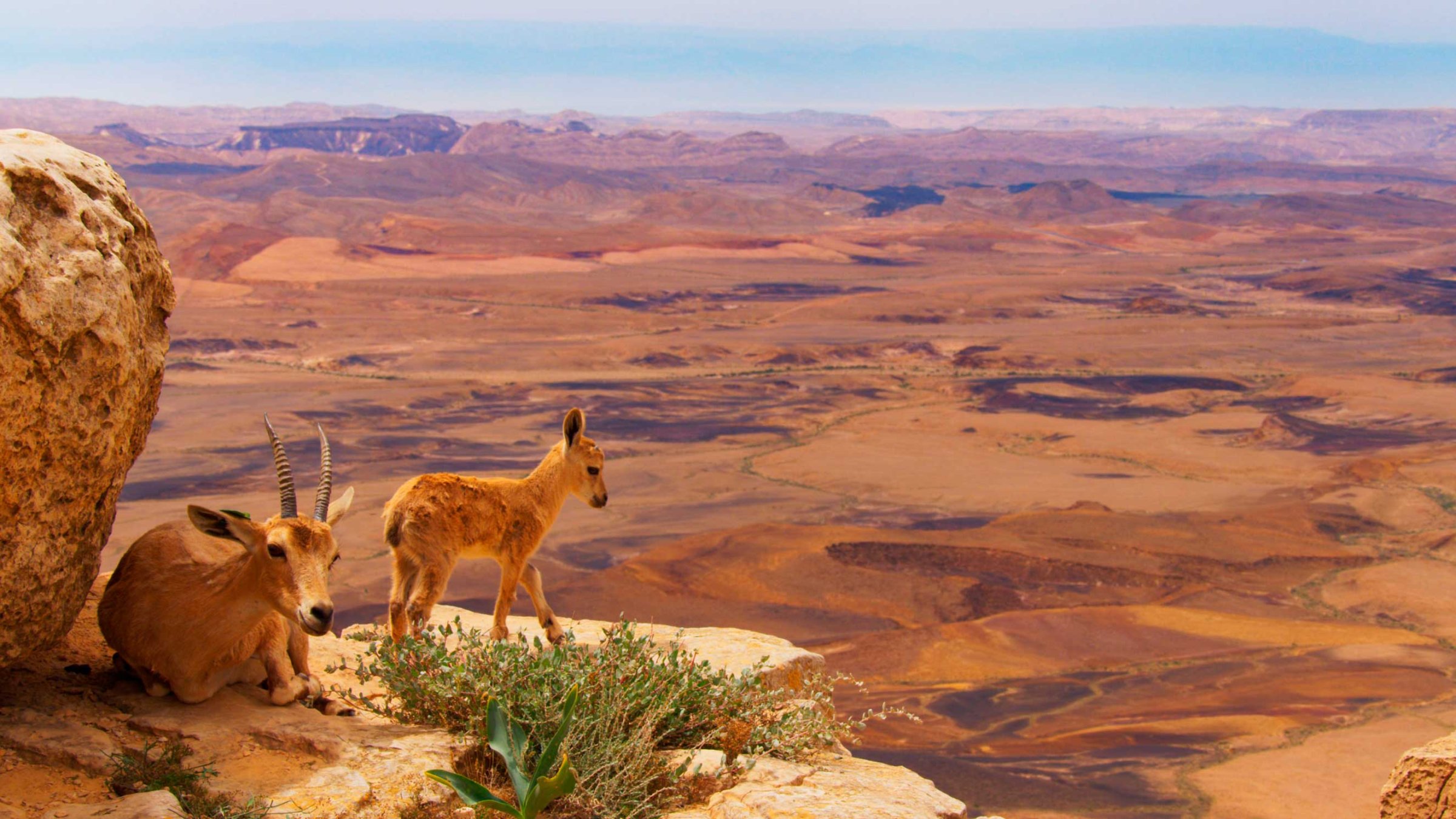
A life-or-death chase unfolds in the first episode of Planet Earth II: A young Galapagos iguana runs, jumps and climbs to avoid the jaws of snakes hunting their next meal. After a few close calls, the would-be prey finally returns to the company of much larger iguanas that provide protection.
Predators are often cast as the antagonists in nature documentaries. But over the course of these six hour-long episodes, humans emerge as the real villains. A den of snakes may threaten the life of an individual iguana, but global warming, land use and pollution threaten the survival of entire species. Planet Earth II, a sequel to the 2006 megahit BBC documentary narrated by English naturalist David Attenborough, is not a traditional climate-change documentary–there are no charts, no explanations of the greenhouse effect. Instead, it follows the familiar nature-film structure, devoting each episode to one of several different habitats, such as islands, deserts and grassland.
But this is why the series succeeds where recent environmental documentaries have faltered. Take Before the Flood, the 2016 film produced by and starring Leonardo DiCaprio, which followed the actor as he interviewed leading activists, scientists and politicians like Barack Obama. Although it covered important ground, it ultimately focused on telling viewers about the ravages of climate change rather than showing them. Much has changed in the 11 years since Al Gore made An Inconvenient Truth, when just clearly explaining the phenomenon was novel. (A follow-up, An Inconvenient Sequel, is set for release in July.)
Planet Earth proves more effective at giving weight to the impact of human activity on the natural world precisely because it is about nature, not people. Every episode provides perspective on the challenges faced by a particular location, such as encroaching land use in jungles, or rising temperatures in mountain regions. “If the approach is too didactic, you only get half the story. We tell a more engaging story,” says Mike Gunton, the show’s executive producer. “It’s very difficult to get people to protect things if they’re not engaged.”
The numbers in the U.K., where the show aired last fall, suggest that viewers were drawn in. Planet Earth II ranked as one of the most-watched television programs in the country last year and was, according to the BBC, especially popular with young people.
More than the politics around global warming has changed since the first film. Technology allowed the producers to capture images unthinkable even a decade ago, including one unforgettable shot of hundreds of thousands of penguins camped out together, in an image stretching to the horizon. And, of course, the environment itself became more imperiled: entire habitats like those of the Arctic have come to be on the brink of disappearing, and species like the African elephant have been decimated. Even if political progress has slowed, at least filmmakers haven’t.
Planet Earth II will air on BBC America beginning on Feb. 18
More Must-Reads from TIME
- Donald Trump Is TIME's 2024 Person of the Year
- TIME’s Top 10 Photos of 2024
- Why Gen Z Is Drinking Less
- The Best Movies About Cooking
- Why Is Anxiety Worse at Night?
- A Head-to-Toe Guide to Treating Dry Skin
- Why Street Cats Are Taking Over Urban Neighborhoods
- Column: Jimmy Carter’s Global Legacy Was Moral Clarity
Write to Justin Worland at justin.worland@time.com